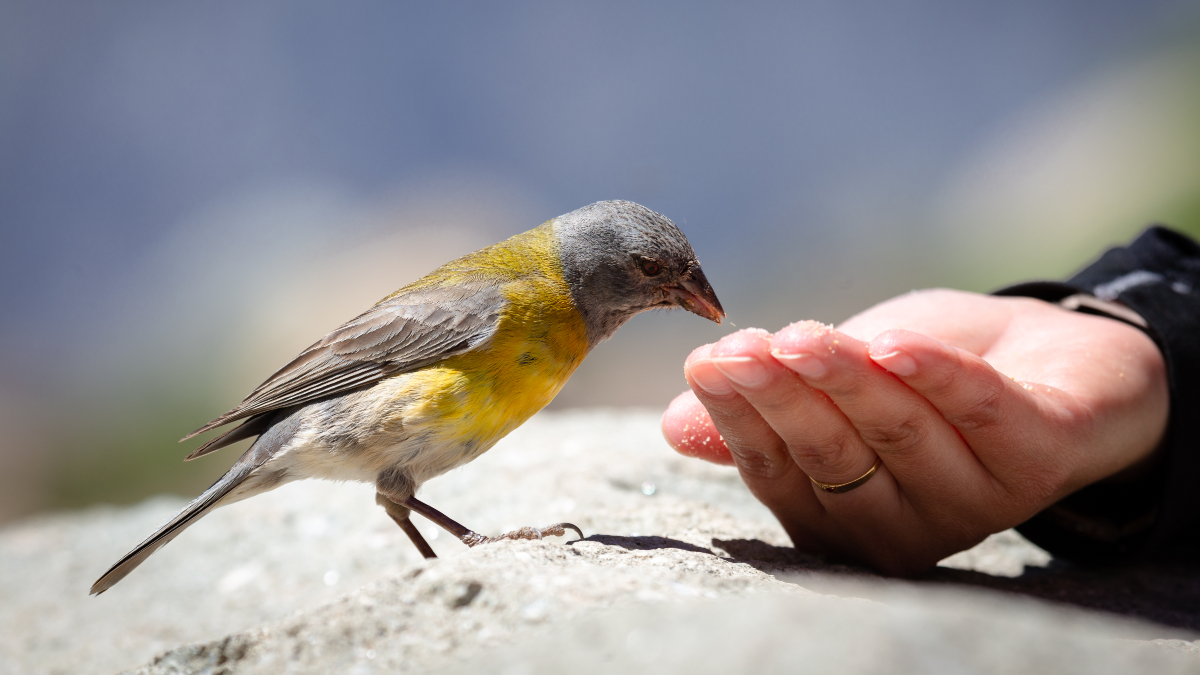Birds are a popular pet for many people. They are easier to care for than other pets, but they do require different food, says Seabird Sanctuary, an expert bird website. Birds can be picky eaters and have nutritional needs that are different from other animals in order to thrive. This article will go through some of the most popular seed mixes on the market today and what makes them so great!
Popular Seed Mixes For Your Birds
For many people, feeding birds is an enjoyable hobby. It’s also beneficial for humans because it encourages some beautiful creatures to stick around yards and gardens. But what should you feed them? There are a lot of seed mixes on the market, but which one is right for your birds??
To answer this question, first, examine some of the most popular seed mixes on the market today. The variety of mixes seen at Feeds And Seeds is what you want to look for when looking for bird feed. A variety is always best for your birds’ health and happiness! It also helps to keep their mealtimes enjoyable and fun.
- Sunny Seed Mix: This mix has a great number of different seeds that are nutritious and delicious to little birdies such as finches, chickadees, juncos, and more. The mix includes red millet (which is high in protein), canary grass seed, safflower seeds (good for the heart!), white proso millet (great source of fiber) niger/thistle seed, flaxseed meal, oat groats, buckwheat hulls.
- No-Mess Plus Blend: This seed blend has a lot of different seeds that are small and round, which makes it easier for your birds to eat. The mix includes safflower (heart-healthy!), canary grass seed, white proso millet, red milo maize.
- Goldfinch Mix: This is a mix that has tiny seeds so it’s easy for your birds to eat. The mix includes white proso millet, red milo maize, niger seed, striped sunflower seed, canary grass seed, safflower seeds.
- Mixed Seed Blend: This is a popular mix that comes in different sizes depending on the type of bird you have. The mixture includes red millet (a great source of protein), white proso millet, striped sunflower seed, oat groats.
- Safflower Blend: This mix has a lot of sunflower seeds that are perfect for your little safflowers. The mix includes canary grass seed, white proso millet, red milo maize, striped sunflower seeds, niger seed, safflower seeds, buckwheat hulls.
- Golden Sedge Blend: This is a popular mix that has sunflower seeds, safflower seeds, and niger seeds. The mixture includes striped sunflower seed (perfect for little finches), canary grass seed, white proso millet, red milo maize.
Tips On Feeding Your Birds
Now that you’ve seen a few of the most popular seed mixes, what else can you do to make sure your birds are happy and healthy?
- Make sure there is always water available for them. They need fresh, clean water at all times!
- Have different feeders in multiple areas around your house so they have options when it comes to eating.
- Don’t forget about the importance of a clean feeder! It’s important that you wash it every few days with hot water and soap. Make sure there aren’t any old seeds stuck in corners or at the bottom because they can spoil and make your birds sick. Also, if there is too much seed build-up on your feeder, it can actually turn moldy and make your birds sick.
- Not only should you be cleaning out the old seed from time to time, but also adding new seeds as well! Birds will eat a lot of their food in one day so if there’s not much left at the end of the day, replace it with fresh seed.
- If you have more than one type of feeder, mix the seed up in each individual feeder to give your birds some variety!
Bonus Tips: Feeding Your Birds In The Winter
Wintertime feeding can be a little trickier than just throwing out some seeds. Here are a few tips to help you keep your birds happy and healthy in the winter:
- If it’s very cold, make sure that your bird feeders have been brought inside so they don’t freeze up on you! If there is water frozen on the feeder it can cause bacteria to build up and get into their water supply.
- If you have a tube bird feeder, fill some cotton balls with peanut butter and put them on top of the lip of your tube so that when they eat it, their little feet will be kept warm!
- Make sure there is food in the bird feeder that your birds can eat in under 20 minutes. This will give their bodies time to warm up and it won’t freeze too quickly when they’re eating it!
- Greens are great for feeding to your little feathered friends in the wintertime, especially if there is snow on the ground because you want them to have something to eat that’s high in water content.
With these tips and tricks, you’ll be able to keep your birds happy and healthy even through winter. Keep in mind that if it’s very cold outside, make sure feeders are brought inside so they don’t freeze! Be sure to wash out old seeds regularly while always adding new ones too! With these important considerations taken care of, your feathered friends should stay happy and well-fed throughout the year.

